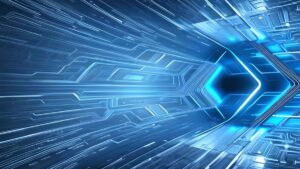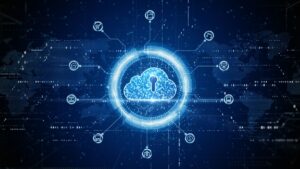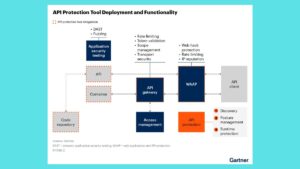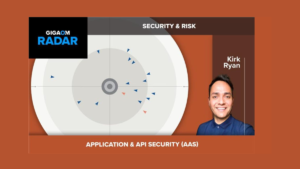Transforming Human Resources: The Power of HR Software

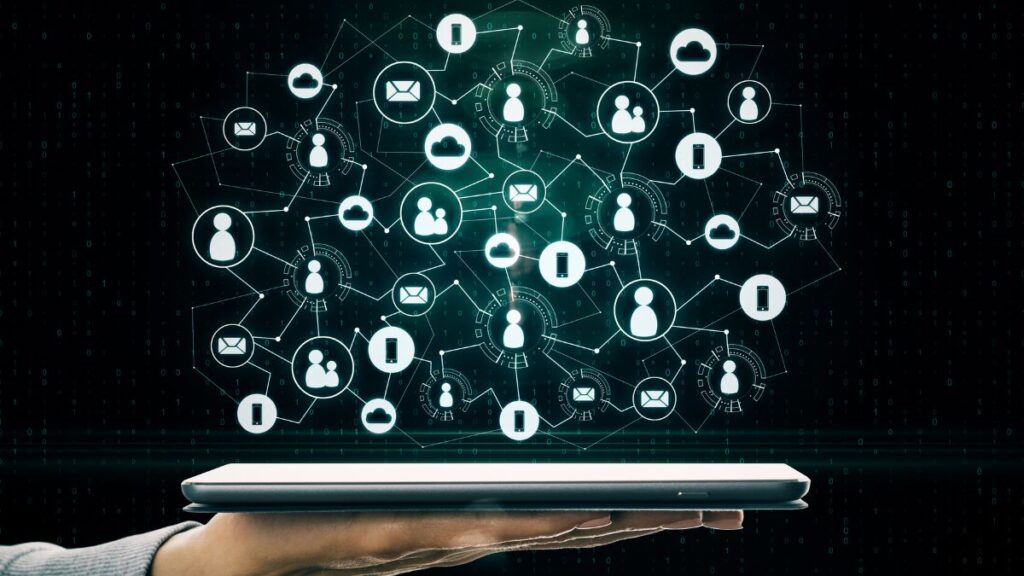
Human Resources (HR) is a critical function in any organization, responsible for managing employee relations, payroll, benefits, performance management, and compliance. Traditionally, these tasks have been labor-intensive and time-consuming, but the advent of HR software has revolutionized the field. This blog explores the transformative impact of HR software on businesses, highlighting its benefits, key features, and future trends.
The Evolution of HR Software
The journey of HR software began with basic digital tools designed to automate payroll and record-keeping processes. Over time, these tools evolved into comprehensive Human Resource Management Systems (HRMS) and Human Capital Management (HCM) solutions, integrating advanced features like performance management, recruitment, employee engagement, and analytics. Today, HR software is a cornerstone of modern business operations, enabling HR professionals to focus on strategic initiatives rather than administrative tasks.
Key Benefits of HR Software
- Increased Efficiency and Productivity
HR software automates repetitive tasks such as payroll processing, leave management, and benefits administration, reducing the time and effort required for these activities. This automation allows HR professionals to focus on more strategic tasks, improving overall productivity.
- Automated Workflows: Automated approval workflows streamline processes, reducing delays and ensuring timely completion of HR tasks.
- Data Accuracy: Automated data entry minimizes errors, ensuring accurate and reliable records.
- Enhanced Employee Experience
A positive employee experience is crucial for retention and engagement. HR software plays a significant role in creating a seamless and engaging experience for employees.
- Self-Service Portals: Employees can access and update their information, apply for leave, and view pay stubs through self-service portals, reducing dependency on HR personnel.
- Onboarding: Digital onboarding processes help new hires integrate smoothly, providing them with the necessary resources and information from day one.
- Improved Compliance and Risk Management
HR departments must navigate a complex landscape of labor laws and regulations. HR software helps organizations stay compliant and manage risks effectively.
- Regulatory Compliance: HR software tracks changes in labor laws and ensures that HR policies and practices comply with the latest regulations.
- Audit Trails: Detailed audit trails provide a record of all HR activities, facilitating compliance audits and investigations.
- Data-Driven Decision Making
HR software provides valuable insights through data analytics, helping HR professionals make informed decisions.
- Analytics and Reporting: Comprehensive analytics tools enable HR to track key metrics such as employee turnover, engagement levels, and performance, identifying trends and areas for improvement.
- Predictive Analytics: Advanced HR software solutions use predictive analytics to forecast future HR needs, such as workforce planning and talent acquisition.
- Cost Savings
By automating HR processes and improving efficiency, HR software can lead to significant cost savings.
- Reduced Administrative Costs: Automation reduces the need for manual labor, lowering administrative expenses.
- Improved Resource Allocation: Efficient HR processes allow for better allocation of resources, optimizing overall operational costs.
Key Features of Modern HR Software
Modern HR software solutions come equipped with a range of features designed to address various HR needs. Here are some of the key features:
- Recruitment and Applicant Tracking
HR software streamlines the recruitment process by automating job postings, candidate tracking, and interview scheduling.
- Resume Parsing: Automated resume parsing extracts relevant information from resumes, reducing manual data entry.
- Candidate Management: Centralized candidate databases help HR professionals track applicant status and manage communications.
- Employee Onboarding
Digital onboarding processes ensure a smooth transition for new hires, providing them with the necessary resources and training.
- Document Management: Secure document management systems facilitate the collection and storage of employee documents.
- Onboarding Checklists: Automated checklists ensure that all onboarding tasks are completed efficiently.
- Performance Management
Performance management features enable organizations to set goals, track progress, and conduct performance reviews.
- Goal Setting: Employees can set and track individual goals aligned with organizational objectives.
- 360-Degree Feedback: Multi-source feedback provides a comprehensive view of employee performance.
- Time and Attendance Management
HR software simplifies time and attendance tracking, ensuring accurate payroll processing.
- Time Tracking: Employees can clock in and out using digital time tracking tools, ensuring accurate records of working hours.
- Leave Management: Automated leave management systems streamline the process of applying for and approving leave.
- Payroll and Benefits Administration
HR software automates payroll processing and benefits administration, ensuring timely and accurate payments.
- Payroll Automation: Automated payroll systems calculate salaries, deductions, and taxes, reducing manual errors.
- Benefits Enrollment: Digital benefits enrollment systems allow employees to select and manage their benefits online.
- Employee Self-Service
Self-service portals empower employees to access and update their information, reducing the administrative burden on HR staff.
- Personal Information Management: Employees can update their personal information, such as addresses and contact details.
- Access to Documents: Employees can access important documents, such as pay stubs and tax forms, through self-service portals.
Future Trends in HR Software
As technology continues to evolve, HR software is expected to incorporate new features and capabilities. Here are some future trends to watch for:
- Artificial Intelligence and Machine Learning
AI and machine learning are set to revolutionize HR software by automating complex tasks, providing predictive insights, and enhancing decision-making.
- AI-Powered Recruitment: AI algorithms can analyze resumes and match candidates to job openings, streamlining the recruitment process.
- Predictive Analytics: Machine learning models can predict employee turnover, helping organizations take proactive measures to retain talent.
- Employee Wellness and Engagement
HR software will increasingly focus on employee wellness and engagement, offering tools to monitor and improve employee well-being.
- Wellness Programs: Digital wellness programs can track employee health metrics and provide personalized recommendations.
- Engagement Surveys: Regular employee engagement surveys can help organizations identify areas for improvement and enhance the employee experience.
- Mobile Accessibility
Mobile-friendly HR software solutions will become more prevalent, allowing employees to access HR services on the go.
- Mobile Apps: Dedicated mobile apps provide employees with access to HR services from their smartphones, improving convenience and accessibility.
- Real-Time Notifications: Mobile notifications keep employees informed about important updates, such as leave approvals and policy changes.
- Integration with Other Systems
HR software will continue to integrate with other business systems, such as finance and project management tools, providing a unified platform for managing business operations.
- Seamless Integration: Integration with other systems ensures that data flows smoothly between different departments, improving overall efficiency.
- Unified Platforms: Unified HR platforms provide a central hub for managing all HR activities, reducing the need for multiple software solutions.
Conclusion
HR software has transformed the way businesses manage their human resources, offering numerous benefits such as increased efficiency, enhanced employee experience, improved compliance, data-driven decision making, and cost savings. With advanced features and future trends focusing on AI, employee wellness, mobile accessibility, and system integration, HR software is poised to play an even more significant role in shaping the future of work. By embracing these innovations, organizations can create a more efficient, engaged, and productive workforce, driving business success in an increasingly competitive landscape.

